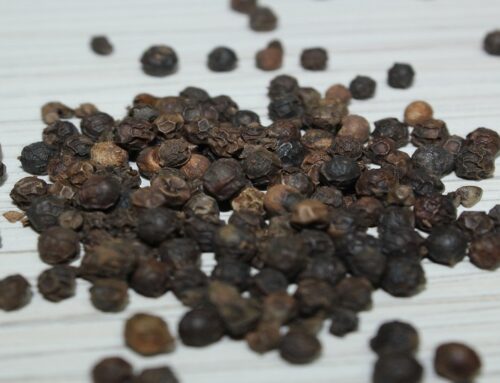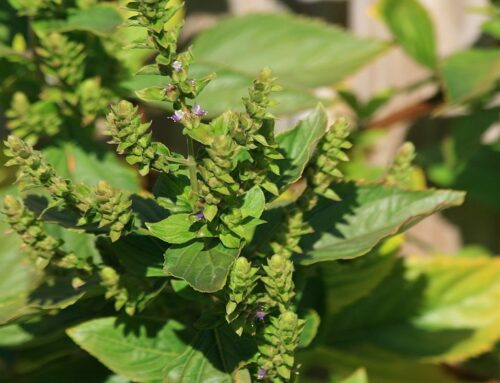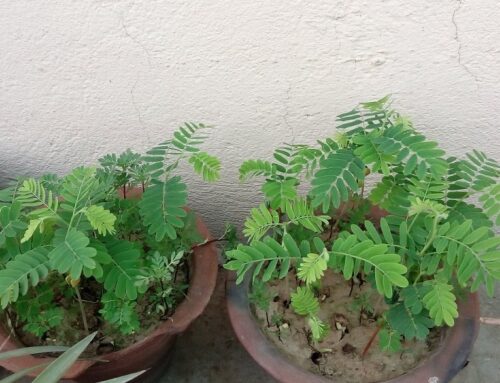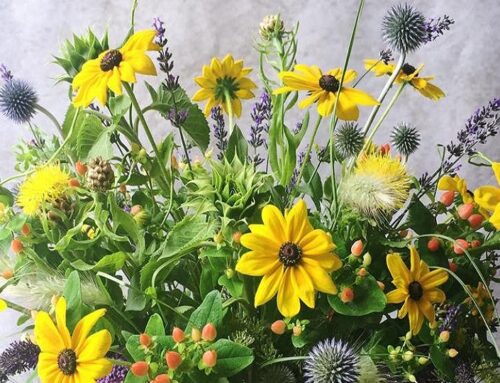Gladiolus, also known as Sword Lily has derived its name from a Latin word “Gladioli” which means sword as the leaves of the plant resemble to that of a sword. Attractive and long spikes with bright, huge and colorful flowers in various sizes in addition to long keeping quality are some of the characteristics which make it as one of the most demanding and revenue fetching commercial crop. It is an ideal cut flower crop which can be grown easily and is valued for its use in floral arrangements.
Major uses of gladiolus
As a cut flower
Gladiolus is one of the beautiful cut flowers which have huge demand in international market due to their long vase life, attractive colors and round the year availability. The flower generally lasts up to 6 to 10 days in a vase however treatment with suitable preservatives elongate the life as well as prices of flowers in the market.
Corms and Cormels
Corms and cormels are propagating material for the flower both of which are actually underground stems. When the plant completes if life cycle up to the maximum, these underground stems are dug out of the soil and with proper post harvest practices, packed and sold in the market. Selling corms and cormels are also one of the sources of earning income. This propagating material can also be stored for next time planting.
As an antimicrobial agent
Corms are also used as an antimicrobial agent. The extract of corms possesses antimicrobial properties and help in recovering from various uro-genital and gastrointestinal problems.
As food
In some of African countries, the corms are consumed as edible food by the people.
Other uses
In African countries, the corms of Gladiolus are used to treat Diarrhea, coughs and colds, dysentery and constipation. The flowers are also used in ceremonies and funerals in China.
Important points to be noted
- Harvesting indices must be known for proper post harvesting practices
- Spikes during harvesting should be least injured
- Exacting timing of lifting the corms and cormels should be taken care of.
- Removal of infected, rotten and damaged corms and cormels is necessary to avoid further spreading.
- The corms should be stored according to their sizes and hardiness. These should not be freezed.
- Use of perforated plastic trays and jute or hessian bags for storing and avoiding mixing of cormels
We regularly publish informative videos on various “Food, Agriculture, Gardening and Horticulture” topics. You may view these videos here…
You may also check out our Digital Publishing Services for Food, Agriculture, Gardening and Horticulture Sector by visiting this link







Leave A Comment
You must be logged in to post a comment.